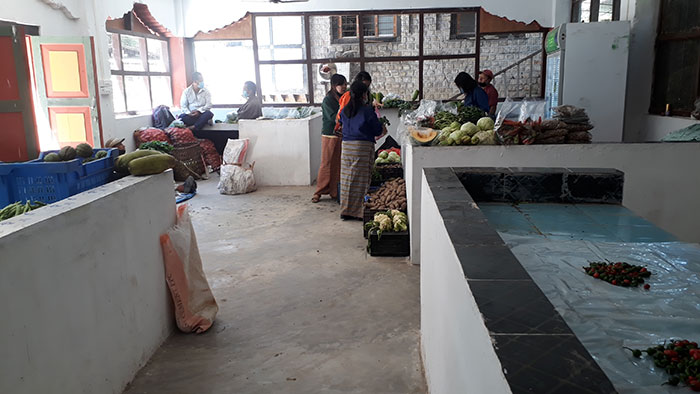Neten Dorji | Trashigang
Trashigang aims to achieve self-sufficient in vegetables and supply the surplus, if any, to other dzongkhags in the forthcoming winter.
Dzongkhag agriculture officials expect to harvest about 119 metric tonnes (MT) of chillies, onions and tomatoes from 60 acres between December and March next year.
The estimated production will comprise 10MT of chillies, 87MT of onions and 22MT of tomatoes.
The initiative is a part of the economy contingency plan (ECP) of the dzongkhag. Like any other dzongkhag, Trashigang depends on imported vegetables including chillies, onions and tomatoes in winter.
Trashigang Assistant Dzongkhag Agriculture Officer (ADA), Suraj Gurung, said that 10 out of the 15 gewogs have been identified for the cultivation of the vegetables based on weather conditions.
“Currently, farmers are carrying out land development activities, raising nurseries and transplanting saplings that are expected to be ready to harvest in December,” he said.
The estimates are based on past production trend.
“In case our farmers produce more, we will help them sell their vegetables to other dzongkhags,” Suraj Gurung said.
He said that the first target was to achieve self-sufficiency in winter vegetables at the dzongkhag level. Farmers have been provided with seeds and the Agriculture Research and Development Center in Mongar and dzongkhag agriculture office provide technical support.
Trashigang received about 14.7 million (M) for agriculture development under ECP. Officials say farmers are being encouraged to increase production.
Trashigang farmers say that they have been able to sell more vegetables and enhance their income after vegetable imports were restricted due to Covid-19.
They said that consumers preferred imported vegetables as they were comparatively cheaper.
“Before the pandemic, it was difficult for local produce to compete with cheap imported ones,” a farmer said.
The dzongkhag also plans to produce cabbage, beans, cauliflower and broccoli.


